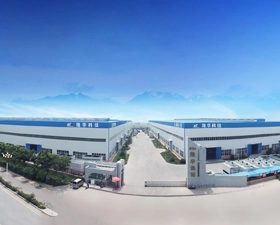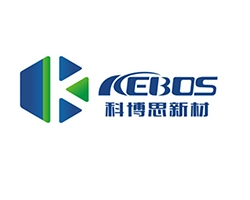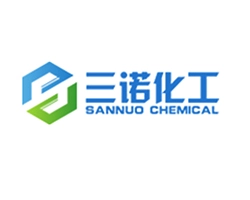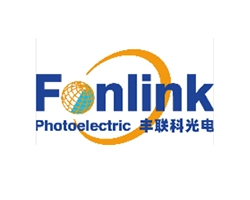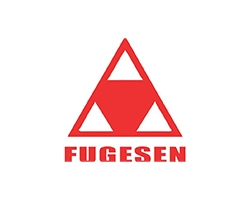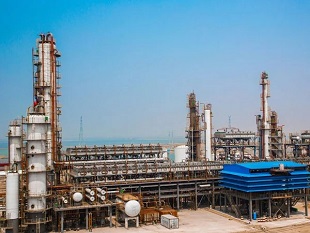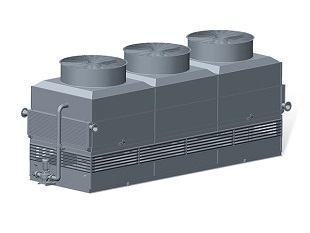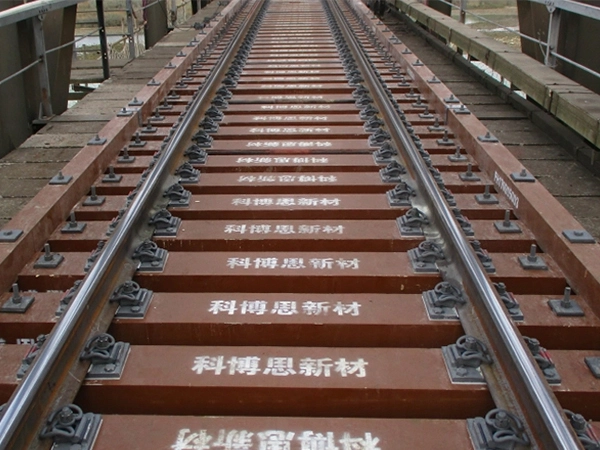Copper targets are primarily used in sputtering and electroplating applications, where high-purity copper films are required. In the sputtering process, a high-energy ion beam hits the surface of the copper target, causing it to eject copper atoms. These atoms then deposit onto a substrate, forming a thin film.
The sputtering process operates based on the ionization of the sputtering gas, typically argon, which creates a plasma that is accelerated towards the target surface. The plasma ionizes the gaseous argon, creating high-energy ions that impact the copper target, causing sputtering. The sputtered material is deposited onto a substrate, creating a uniform and high-purity copper film.
In the electroplating process, a copper target is used as the anode, and a substrate is used as the cathode. Direct current is passed through a copper sulfate solution to deposit copper onto the substrate. During this process, copper ions dissolve off the target, migrate to the cathode, and deposit onto the substrate, forming a thin copper film.
Overall, the efficient operation of both sputtering and electroplating processes is highly dependent on the purity and quality of the copper target material.


 EN
EN
 jp
jp  ko
ko  fr
fr  de
de  es
es  it
it  ru
ru  pt
pt  ar
ar  tr
tr 